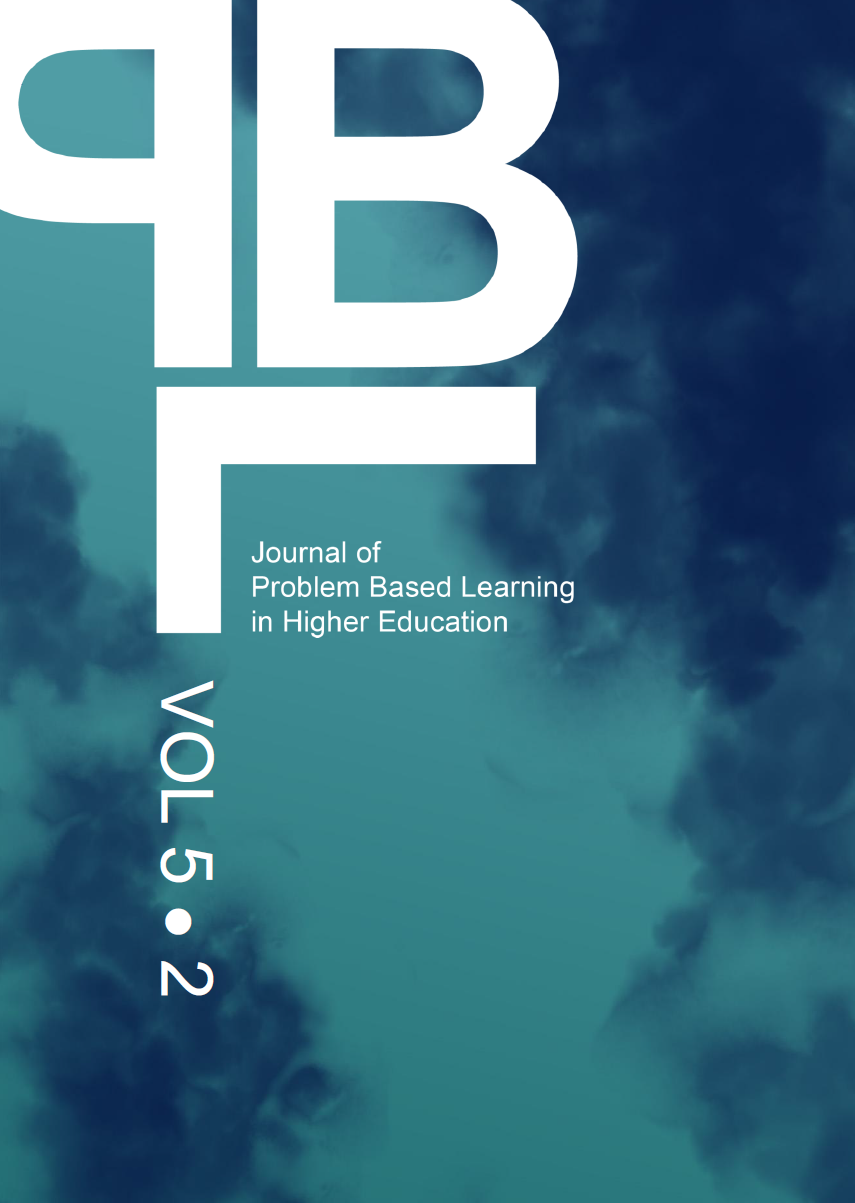Abstract
This is a discussion paper that is based on the didactics reflections of three junior academics at the Architecture and Urban Design (A&UD) programme at Aalborg University. The discussion is moored in two narratives representing two typical student tuition situations. Unfolding two touch points where PBL and architectural and engineering teaching converge, this paper discusses how ‘the problem’ and ‘supervision’ at the A&UD programme are hybrid tuition focus points, where principles of PBL and more traditional tuition styles within architecture and engineering come into contact and cause didactic friction. This friction necessitates teachers and supervisors to critically reflect upon their teaching and supervision styles, and upon how ‘the problem’ is put into play in their tuition of students. The paper argues that teachers and supervisors have a heightened obligation and responsibility to monitor, assess, reflect and adjust the integration of the different teaching approaches in their hybrid tuition practices at A&UD.
References
Askehave, I., Linnemann Prehn, H., Pedersen, J., & Thorsø Pedersen, M. (red.). (2015). PBL - Problem Baseret Læring. Aalborg universitet Rektorsekretariatet. Retrieved from http://www.aau.dk/digitalAssets/148/148026_pbl-aalborgmodellen_dk.pdf
Barge, S. (2010). Principles of problem and project based learning: The Aalborg PBL model. Aalborg: Aalborg University Press.
Barrett, T. & Moore, S. (2011). Problem-Based Learning – Revitalising your Practice in Higher Education. NY: Routlege.
Barrows H.S. & Tamblyn R.M. (1980). Problem-Based Learning: An Approach to Medical Education. New York: Springer Publishing Company.
Boud, D. (1995). Enhancing Learning through Self-assessment. London: Kogan Page.
Burroughs, S., Brocato, K. & Franz, D. (2009). Problem Based and Studio Based Learning: Approaches to Promoting Reform Thinking among Teacher Candidates. National Forum of Teacher Education Journal, 19(3).
Dahl, P. N. (2008). Studenter-afstemt vejledning og kommunikation. In L. Krogh, J. B. Olsen, & P. Rasmussen (Eds.), Projektpædagogik Perspektiver fra Aalborg Univeristet (89-106). Aalborg: Aalborg University Press.
Dahl, B. & Kolmos, A. (2015). Students’ Attitudes towards Group-based exams in two engineering programmes. Journal of Problem Based Learning in Higher Education, 3(2). 62-79.
Duch, B. J., Groh, S. E, & Allen, D. E. (Eds.). (2001). The power of problem-based learning. Sterling, VA: Stylus.
Kiib, H. (2004). PpBL® in Architecture and Design. In A. Kolmos, F. K. Fink, & L. Krogh (Eds.), The Aalborg PBL model – Progress, Diversity and Challenges (195-208). Aalborg: Aalborg University Press.
Knudstrup, M. (2004). Integrated design process in problem based learning. In A. Kolmos, F. K. Fink, & L. Krogh (Eds.), The Aalborg PBL model – Progress, Diversity and Challenges (219-222). Aalborg: Aalborg University Press.
Holgaard, J., Ryberg, T., Stegeager, N., Stentoft, D. og Thomassen, A. (2015). PBL – Problembaseret læring og projektarbejde ved de videregående uddannelser. Frederiksberg: Samfundslitteratur.
Kolmos, A.; Holgaard, J. E. & Dahl, B. (2013). Reconstructing the Aalborg Model for PBL: A case from the Faculty of Engineering and Science, Aalborg University. PBL Across Cultures. In K. Mohd-Yusof, M. Arsat, M. T. Borhan, E.
de Graaff, A. Kolmos & F. A. Phang (Eds.). Aalborg: Aalborg Universitetsforlag, p. 289-296.
Pihl, O. (2015). Hidden realities inside PBL design processes: Is consensus design an impossible clash of interest between the individual and the collective, and is architecture its first victim?. Journal of Problem Based Learning in Higher Eduction, 3(1), 20-45.
Schön, D. (1934). The Reflective Practitioner: How professionals think in action. London: Temple Smith.
Watson, G., Duch, B., Allen, D. & White, H. (2004) La Pédagogie par Problèmes. Retrieved from http://www1.udel.edu/pbl/.../La-Pedagogie-par-Problemes-english.pdf
Articles published in Journal of Problem Based Learning in Higher Education are following the license Creative Commons Attribution 4.0 (CC-BY)
Authors retain copyright and grant the journal right of first publication with the work simultaneously licensed under a Creative Commons Attribution 4.0 International License (CC-BY). Further information about Creative Commons
